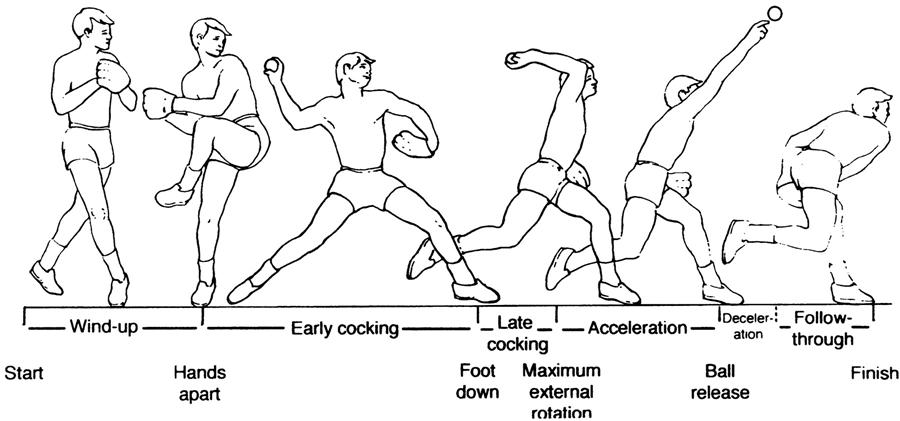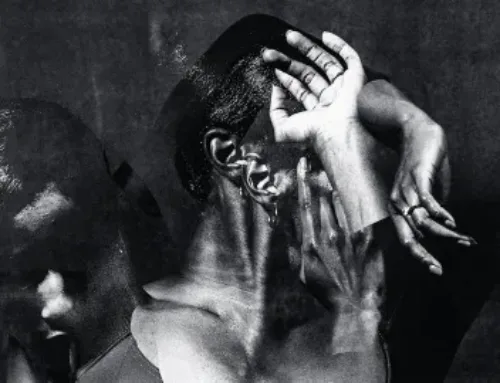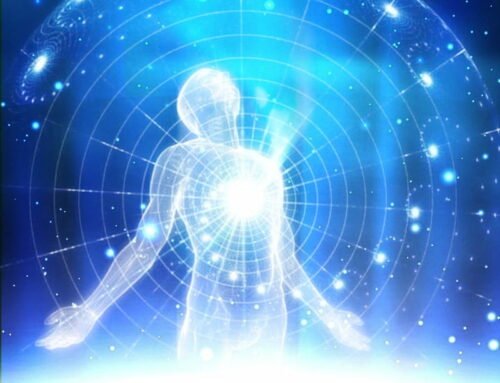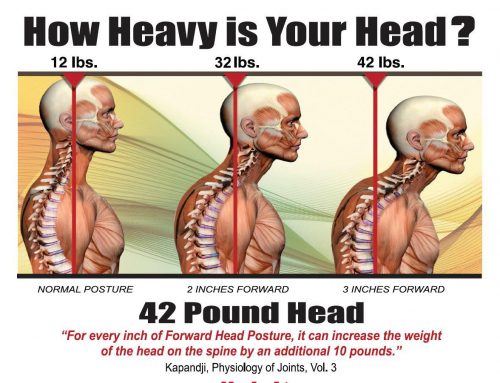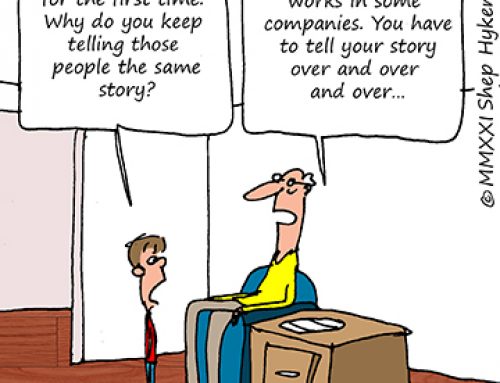Whatever you want to call it, twisting, turning, rotating, or spiralling, any sort of rotation is the key catalyst of all the synovial joints in the body. Like a rusty hinge we may become stuck or restricted in places. This feels like a block physically and mentally.
Like we would use WD40 to loosen a rivet, a wiggle can be used to play a part in keeping our synovial joints free in all directions. Click here for thoracic spine wiggle video.
When you bring a joint to its end range of motion, you squeeze synovium out of the synovial lining. Synovial joints provide a cushion between bones and tendons and/or muscles around a joint. They help to reduce friction between the bones and allows free movement.

During high load-bearing motion, the major joint lubricant is provided by fluid squeezed out of the cartilage matrix. The action of moving the joints around increase proprioception. Proprioception neurons travel several times faster than pain sensitive neurons. So, when we are doing these types of techniques, such as shaking, wiggling, and rotating you are flooding the brain with information about movement and because it comes in faster it crowds out nociceptor pain sensitive inputs which decrease the pain sensitive spasm cycle.

Let your body guide you!
Bruce Lipton says the subconscious mind is four million times more powerful than the ego mind. How much power would we have if we just spent time with ourselves! Our central nervous system is built to help us survive, we can help to reprogram using the wisdom of the body with moves such as wiggling and shaking.
You will see many boxers/fighters all shaking and bouncing around getting ready to go into a ring. This enhances fluidity of movement and speed. When we do certain moves the brains awareness switches from pain because the spinal cord level has shut down areas or faulty muscular/fascial programs of tension.
This process is not a intellectual driven one, it’s about letting your mind go, bringing consciousness into your body, unlocking, releasing, and letting go.
Bibliography
Paul Chek
https://orthop.washington.edu/patient-care/articles/arthritis/joints.html

Nisha is a certified level 3 Chek practitioner and holistic lifestyle coach specialising in Pilates and Yoga. Her journey started when a visiting Laban teacher introduced her to Pilates at Dance College in a contemporary class during her first year.
Its effects were forgotten but she then re-discovered Pilates through Michael King eleven years later whilst running her dance school.
Her background spans over 32 years with formal training in classical ballet, modern dance, tap, national choreography, stage production and theatre.
Her formation includes Pilates, Thai bodywork, Yoga, GYROTONIC, GYROKINESIS, Garuda and anatomical studies. Her particular interest is fascia, and the connective lines and movement patterns that allow a full moving structure rather than the isolation of bones and muscles.
Her fascination with questioning the traditions of modern medicine and fascination with searching for meaningful answers has taken her in many different directions and has offered her an abundance of opportunities gaining a wealth of knowledge. “I tried many movement modalities and extended my search after experiencing fascia, because of its connection of movement. Quickly, I noticed my own body changing, as well as the bodies of my own clients. In the last 32 years of teaching I’ve developed my own movement and lifestyle philosophy".
Throughout her studies Nisha has done numerous dissections with Julian Baker, Mel Cash and Cery Davies and has the opportunity to take lectures and courses from James de Silva, Robert Schleip, Joanne Avison, Tom Myers, Matt Wallden, Leigh Brandon, Emma Lane, Gary Carter, Paul Chek, Dan Hellman, Peter Blackaby plus many more.
Nisha's teaching method promotes reflective self-discovery and provides the requirements to integrate a shift in consciousness for attaining individual goals.
Nisha teaches in her own studios in St. Helens and Manchester, plus she also has an online following. Throughout her career she has also taught Sting, Sir Ian McKellen, Cirque de Soleil, Will Young and Belinda Carlisle. She has also worked in professional football and both Rugby League and Union for over 20 years. Players she has provided a specific program for were former Manchester Citys Vincent Kompany, Everton's Steven Pinnear and goal keeper Jonas Lossi.
She maintains that an attitude of compassion, consistency and joyous humour are excellent components to growth and expanded potential.
She welcomes all level of movers from the beginner to the seasoned athlete who have a desire to increase their skill potential, also teachers and students. Her specialties include assisting post rehabilitative back pain individuals, injury prevention for athletes and spine health for everyday people.



